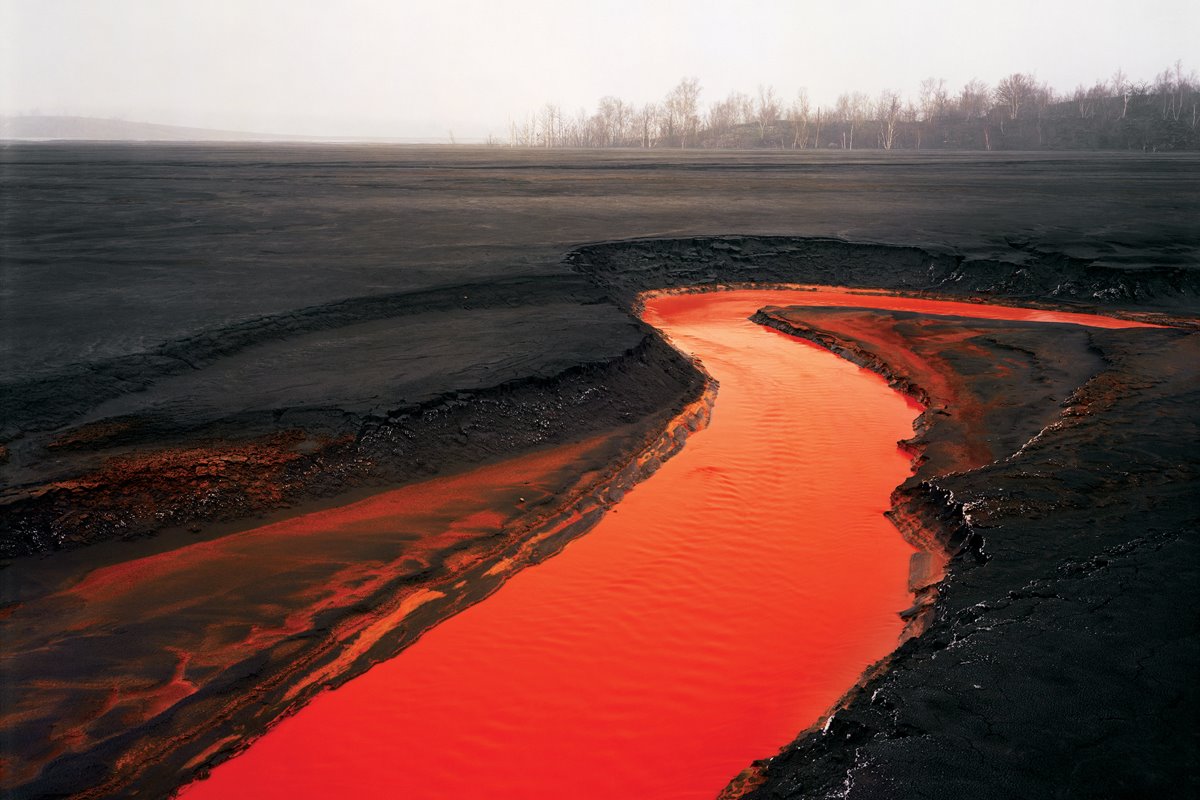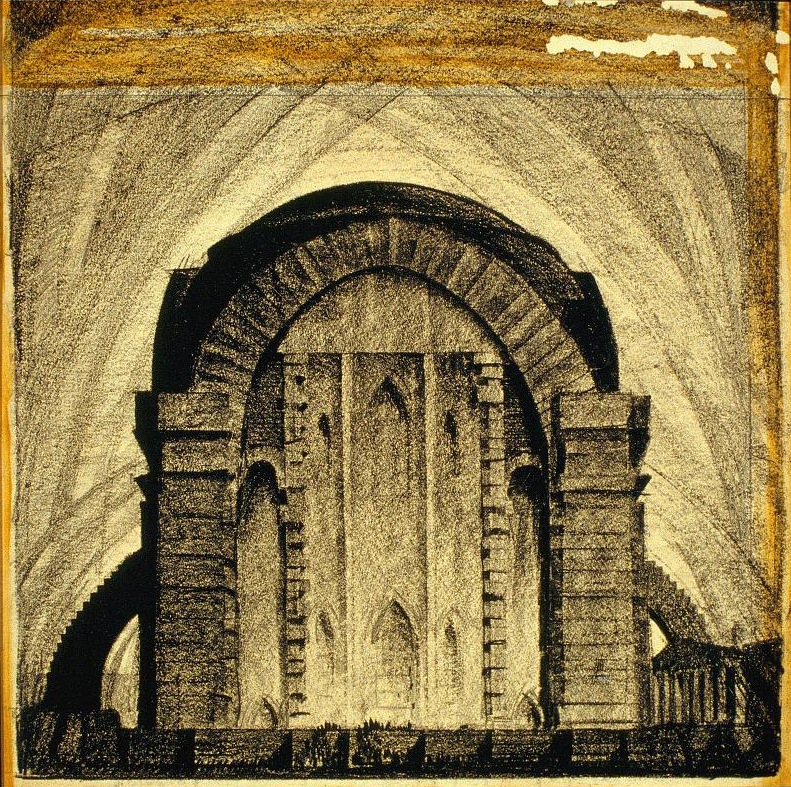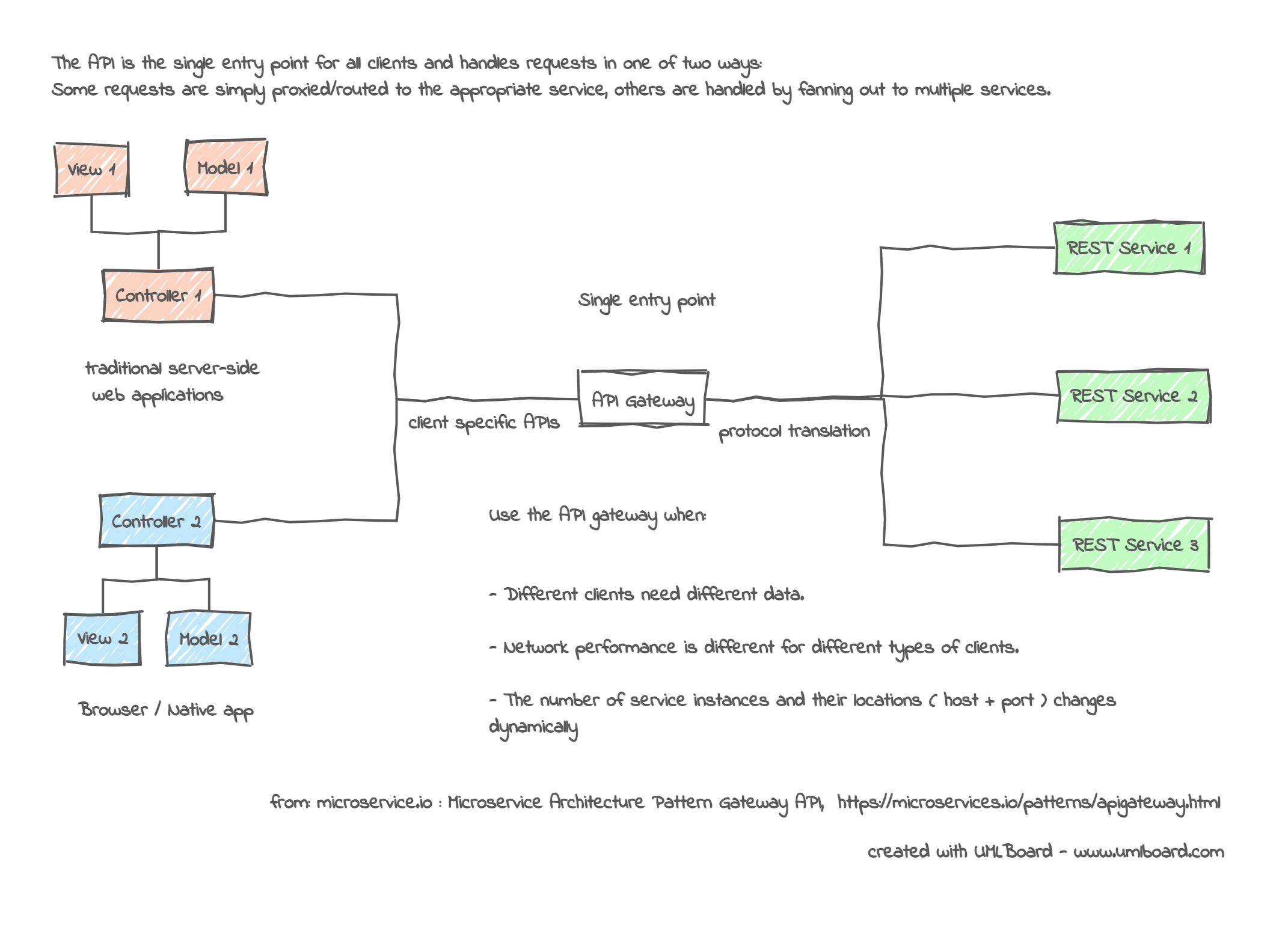Table Of Content

3D scans of the shocking find now bring light to the dark chambers, revealing England’s best-surviving medieval charnel chapel. No one is quite sure why the charnel house is there, or why it was kept secret. Some historians speculate that these many bones didn’t end up beneath the church via war, disease, famine or disaster, but rather there simply wasn’t enough room in the cemetery for them. Some of the skulls have what appear to be bullet wounds, which may mean that they were victims of a 1798 battle, exhumed from the cemetery after it became overfull. Once the skeletons were exhumed and properly bleached in the sun, the family members would stack the bones next to their nearest kin.

Internationalist Perspective
Garlands of colorful flowers are especially popular on the skulls of women while the men are often crowned with ivy. Some of the designs are almost cheerful, with pretty pink roses and brightly colored garlands. All of the skulls have one thing in common – names and dates of death are painted in beautiful Gothic script across the forehead. These examples are programmatically compiled from various online sources to illustrate current usage of the word 'charnel.' Any opinions expressed in the examples do not represent those of Merriam-Webster or its editors.
Russian/Soviet History
Ossuaries—chambers for storing human bones—are commonly described as places founded to house skeletal remains when cemeteries were overcrowded and burial space was scarce. But to focus solely on the functional would be selling these grim bone houses short. You may want to learn more about charnel houses if you find this topic interesting.
An interview with Grigory Yudin
Despite this, he remained principled and consistent amidst mainstream pressures to censor anything with a connection to Soviet or Russian history in light of the war in Ukraine. After the first wave of heroic histories of modern architecture—written by the likes of Siegfried Giedion, Nikolaus Pevsner, Henry-Russell Hitchcock, Bruno Zevi, and Leonardo Benevolo—came a number of more critical retrospectives. Kenneth Frampton and Manfredo Tafuri each explored the contradictions of modernism, offering subtler dialectical narratives informed by the Frankfurt School and Marxism. Similarly, William Curtis sought to both historicize and globalize the modern movement by expanding its canon of master practitioners. At the 96th Academy Awards ceremony in Los Angeles, along with Finneas O’Connell, Billie Eilish received the Academy award for Best Original Song for the film “Barbie”, directed by Greta Gerwig.
Futaba Cake Building
However, this isn’t the only reason St. Catherine’s Monastery is relatively famous (or infamous). In the past, the Church would sometimes send monks here as punishment when they transgressed in some way. As these monks began to die, those responsible for burying them discovered the ground’s condition simply wouldn’t allow for proper burials.
Chanel
Callum Blue, Nadine Velazquez Starring in Drama ‘The Charnel House’ - Variety
Callum Blue, Nadine Velazquez Starring in Drama ‘The Charnel House’.
Posted: Tue, 30 Jun 2015 07:00:00 GMT [source]
The finest materials are imported from all over the globe from fine Japanese silks to the finest quality Moroccan leather and handcrafted in to Charnel House Limited Editions. I hope you enjoy reading and collecting these deluxe editions that come out of Catskill New York, and thank you for your interest in Charnel House. Although the majority of the ossuary skulls date from the 19 th century through the 1930s, there are some which are more modern. The most recent, and perhaps final, addition to the ossuary was in 1995 – the dying wish of a woman who passed away in 1983.

Throughout ancient and medieval times and in the Catholic and Orthodox faiths, displaying and maintaining the bones of the deceased was a way to honor the dead. Thus today you’ll find ossuaries and churches spread across Europe, decorated with artfully arranged skulls and skeletons. While some ossuaries are more macabre, such as mass crypts dug for tens of thousands of plague victims or fallen soldiers, others are beautiful churches and chambers adorned with the bones of departed souls. Visiting the halls of the dead today is a fascinating reminder of our own mortality, one of the only certainties in life, and a way to ponder the eternal question of what happens after the soul leaves behind our mortal remains. The 13th-century charnel house – or bone store – at Rothwell, described as being of international importance, has been scanned and recreated digitally by scientists and archaeologists at the University of Sheffield, and their 3D model has now gone online.
Places to Experience Star Wars in Real Life
When the people who run Techne originally posted these resources back in 2014, they included some crude PDFs knitted together from photos I took (of uneven quality) ten years ago in the bowels of the Avery Architectural Library at Columbia. Recently these old files have been thoroughly superseded by direct scans from the Nekrasov Central Universal Scientific Library in Moscow, which I’ve attached below — further organized by year and enumerated beneath. But already there’s a factor that introduces dissonance into the picture — it’s obvious that the blitzkrieg failed. It’s becoming harder and harder to pretend that all of this is happening somewhere far away and will soon be over — on the contrary, it’s already an obviously significant military conflict. Lots of people on the Russian side have already been killed or wounded, with many more to come. Russians have many relatives in Ukraine, and, according to numerous reports, the Russian air force has begun using cluster bombs, which means a lot of civilian deaths.
The Skeletons of Waldsassen Basilica
Late prehistoric peoples of Maryland saved the dead in charnel houses and periodically disposed of them in large mass graves. In Iroquoian and southeastern Algonquian Native American tribes corpses were first allowed to decompose and then placed in mortuaries, or charnel houses. They were then interred in an ossuary, a communal burial place for the bones, after a period of eight to twelve years (Blick 1994).
The idea of digging up bodies and removing them may seem unthinkable and even grotesque but it was commonplace in the past. Until recently, cremation was outlawed by many Christian denominations (in particular Roman Catholicism) which meant burial was the only option. Coupled with other religious customs about burial, such as the need to be buried in consecrated ground, cemeteries began to run out of space and the question of what to do with fresh bodies became a pressing issue. So, while it might sound like a sweet brand of hot cocoa, it’s actually far less cozy.
A Cornish (England) folktale tells of a wager in which a man offers to go into the parish charnel house and come out with a skull. As he picks one up a ghostly voice says, "That's mine." He drops it, and tries again a second and third time. Finally the man replies, "They can't all be yours," picks up another, and dashes out with it, winning the wager. By speaking of the "parish" charnel house the story illustrates the widespread usage of such repositories.
Together, you can piece together aspects of the history of Hallstatt and its people. While most charnel houses exist because nearby cemeteries had no more space for new bodies, this ossuary was a passion project of its designer. When construction on one incarnation of the church was occurring in the late 17th century, its designer made the decision to combine two charnel houses and seven Medieval crypts atop which the new church was being built, turning them into one single unit. Further investigation revealed most of the bones dated back to between the 13th and 16th centuries, around the time construction of the current church was going on. Unfortunately, researchers still haven’t been able to determine what specific purpose the charnel house served, or perhaps more importantly, why anyone kept it a secret for hundreds of years.
When they finally turned ivory-white they were painted by the local gravedigger using earth based pigments – a detail which is reminiscent of the ritual use of ochre in ancient burials. It is a tradition that has been likened to leaving flowers at the side of a grave, to commemorate and pay respects to the dead. The Sedlec Ossuary in the Czech Republic has bones ornately arranged into coats-of-arms, chandeliers, and even the signature of the main artist to create the displays. Arciconfraternita Santa Maria dell'Orazione e Morte, Italy is home to another impressive chandelier made from human bones. A hidden hall of bones containing the remains of thousands of dead was a secret kept for centuries.






















